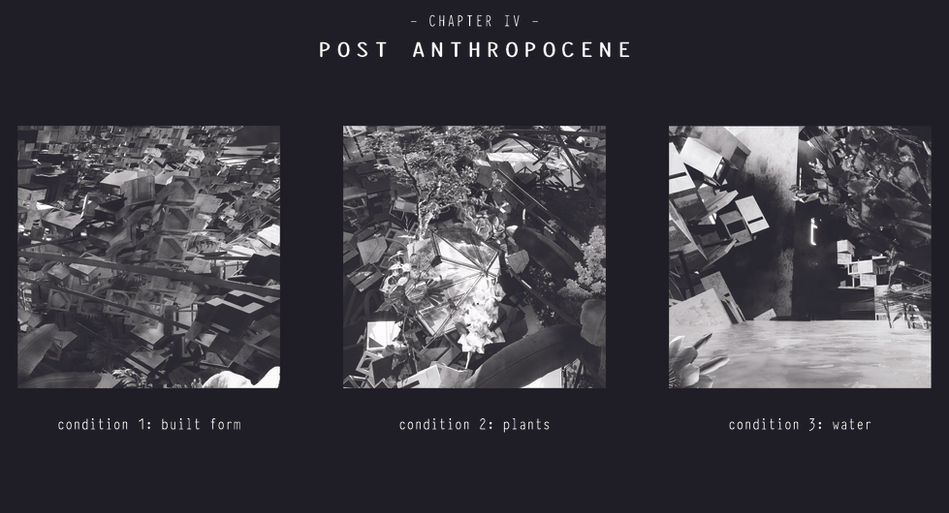POST-ANTHROPOCENE
RIO DE JANEIRO, BRAZIL
Lena Ma, Vivian Kinuthia, Ruotao (Rita) Wang
In a perfect world of complete control of nature, what can go wrong?
Year 2200
At the Apex of human civilization, Rio is an extremely dense and populated city, where the built form has transformed to modular systems that are added on top of existing buildings to keep up with growth and efficiency. This leads to a region full of luxurious skyscrapers to accommodate the needs of the population.
At the same time, the amazon rainforest has also completely disappeared, as well as the existence of adjacent natural environments. This affects all animals and plants that humans interact with and consume. Due to this, humans are forced to expand their genetic engineering capabilities in order to maintain food growth to feed the masses. This leads to a hyper-GMO world, adding farm pods to integrate urban agriculture to meet increasing population demands. These farm pods form a network of food production, attaching to the high-rises existing throughout Rio.
Creatures, such as chicken and cows, are bred within these modular farms and genetically modified for efficiency such as increasing meat and body volume and eliminating unpopular or unnecessary body parts for consumption.
Year 4200
Due to a genetic engineering fallout within the farm pods, plants and animals soon become inedible and toxic to consume by humans. As the availability of healthy food reduces, humans, turn against each other and destroy their environment in the fight for edible food. This ultimately results in the starvation and extinction of humankind.
In the post Anthropocene world, there are 3 main conditions of exploration. The first is the collapse of the built form, leaving the rubble of the pre-existing inhabited city. Next, the fallen farm pods that once filled with plants, become a catalyst for the natural reclamation of the environment. This typology is dense near the destroyed farms and then sprawls out around the city. The third condition derives from the effects of global warming, where Rio is subject to the rising of sea levels. This creates a new environmental condition within the city, allowing an opportunity for new ecosystems and species to breed from.


























